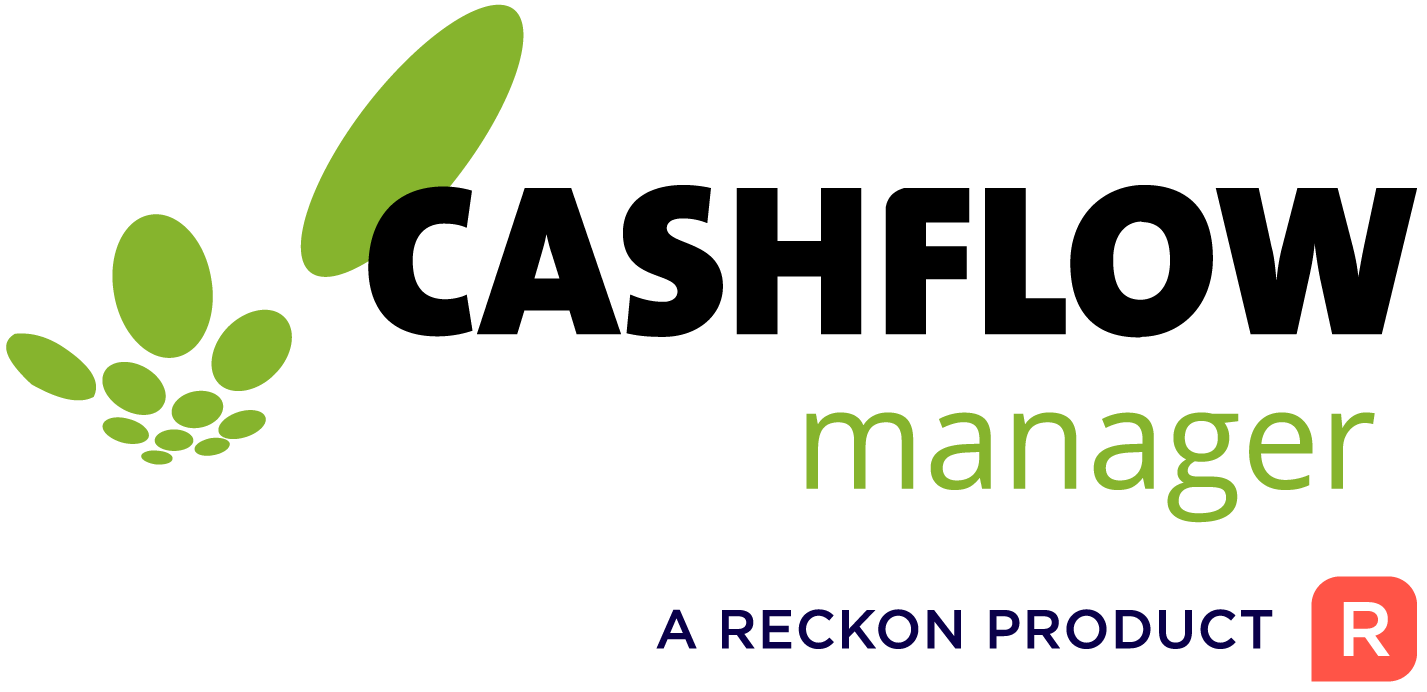
Do you know how much cash you will need to pay your employees during an upcoming busy holiday period? Do you know how much you will be spending on inventory next month? Without proper planning, running a small business can feel like you are constantly dodging unexpected pitfalls. A cash flow budget (sometimes also called a cash flow forecast or projection) estimates your business’s future expenditure and income – revealing any upcoming cash flow issues before they can impact your business.
Keeping track of when money will be needed and where it will come from is vital for small businesses. The last thing you want is to be caught without any cash available when you need it.
For small business owners, a little financial planning by developing a regular cash flow budget will save you time and money in both the short and long-term.
What is a Cash Flow Budget/Forecast?
A cash flow forecast (sometimes called a cash flow projection or cash flow budget – they’re all the same thing) is an overview of your cash inflows and outflows during a specified period of time. It’s a prediction of how much cash you will receive and how much cash you will spend.
Keep in mind that cash refers to all money coming in and out of your business – it’s not just physical cash going through the register.
A cash flow budget helps you see what cash your business will have available to meet expenses by recording the cash you expect to receive and pay out over a chosen period of time. It’s common – and a good idea – to prepare cash flow budgets weekly, monthly, bi-monthly or quarterly.
Why do I need a cash flow budget/forecast?
A cash flow budget is one of the most important management tools of your business as it:
- Helps you ensure your business meets its day-to-day commitments
- Helps you understand and plan for likely surpluses and shortages in your cash flow
- Gives you important benchmarks/indicators of what you want to achieve
- Allows you to make informed decisions when planning additional expenditure
- Shows your bank you’re managing your cash flow and whether you can afford additional borrowings
It’s important to note that just because your business may be consistently turning a profit, does not mean you can avoid creating a cash flow budget. Many businesses that are showing a healthy profit on their Profit and Loss Statement can find themselves short on cash. This is because spending money on new equipment, assets and inventory may not be considered a loss on your Profit and Loss Statement – but it will certainly drain your cash.
The cash flow budget helps you understand the difference between what your profit and loss statement records as income, and what your actual cash position is. Remember: cash is king!
What information do I need to prepare a cash flow budget/forecast?
If you are manually preparing a cash flow projection you will need information on your sales, expenses, taxes, loans and any other expenses.

How to create a cash flow budget/cash flow forecast:
Step 1: Choose a time period (that works for you)
Decide how far into the future you would like to create your forecast.
There are pros and cons to creating either a short-term or long-term cash flow budget:
Short-term: Creating a cash flow budget just a week in advance is likely to be highly accurate, but it means you will have to create a new budget every single week. It also makes it more difficult to adjust your spending, marketing and even sales campaigns just one week ahead.
Long-term: Creating a cash flow budget for the upcoming month or quarter requires more calculations but gives you much more flexibility to predict (and hopefully avoid) nasty cash flow surprises.
Step 2: Estimate income from sales
Try to estimate the number of customers you will have or number of units you will sell over the period. Keep in mind you may have various sources of income depending on your business. You can use previous periods to help estimate the sales.
Once you have estimated the number of sales (separated into individual products or averaged out) you should multiply the customers or sales units by the price (or average price) of each unit. This you an estimated sales income.
Step 3: Estimate when you will receive your income from sales
Estimate when the payments for your goods or services will arrive in your account. This can vary depending on the type of payments (cash payments or credit card payments) or the payment scheme (subscriptions, instalments, or one-off payments).
Step 4: Estimate your expenditure
Make an itemised list of your various expenditures in the given period. Make sure you separate our expenditure into two groups: fixed costs (those that will occur regardless of your situation) and variable costs (those that are linked to the number of sales). This will be important for step 7.
Step 5: Calculate surplus or deficit
Based on your sales and your expenditure, calculate whether your cash flow will be in a surplus or deficit.
Step 6: Review the estimated sales and adjust if needed
If your cash flow budget shows a deficit, consider whether you have enough cash on hand to cover the expenses. You can review your sales income and decide whether you need to increase your sales and how you could incentivise more sales or payments at specific times to cover expected expenditure.
This can be done through marketing, special deals, or by offering discounts for cash payments. If you do make any changes, ensure you recalculate your sales income (steps 2, 3, 4 and 5).
Step 7: Review Expenditure and adjust if needed
Take another look at your expenses and decide if any of these can be reduced, removed or even delayed. If you do make any changes, ensure you recalculate your expenses (steps 4 and 5)
Step 8: Finalise your cash flow budget
If you are happy with your projections, save the document or print it for your records.
How do I use a Cash Flow Budget/forecast?
Refer to your cash flow budget every month. Compare it with your actual results and calculate any variations, both positive and negative. This will highlight how well you are doing and allow you to take corrective action if necessary.
Quickly and Easily Create a Cash Flow Budget/Forecast with Cashflow Manager
Whilst it is possible to prepare a cash flow budget manually using the above steps, many people find it preferable to use a simple software package like Cashflow Manager, which will make the task much easier.
With Cashflow Manager you can create a budget quickly and easily. All you have to do is go to your ‘Home Page’, open the account you wish to create the budget in and click on the ‘Budget’ tab. From there you can name your budget and select the month and year you would like it to start from. If you have not entered any data into Cashflow Manager and just want to set up a budget, choose ‘No Initial Data’ and click on [OK]. Your budget will then appear ready for the months and categories to be filled in.
Comparing your actual results with your projections is very easy to do in Cashflow Manager, as there is a ‘Comparison’ button that allows you to automatically work out the difference between your budget and the actual amount entered into the cash flow section of the program.
There are more frequently asked questions about creating budgets in the Knowledge Base section of our website. Simply type your query into the search bar.


